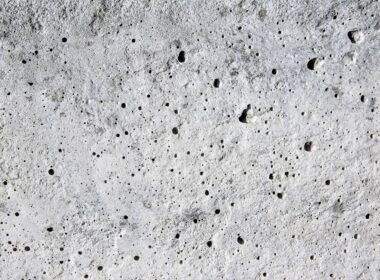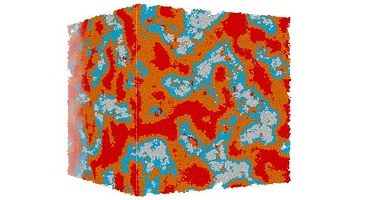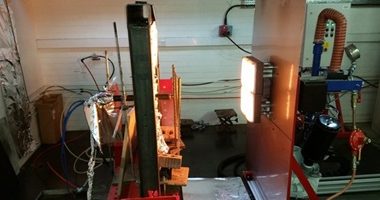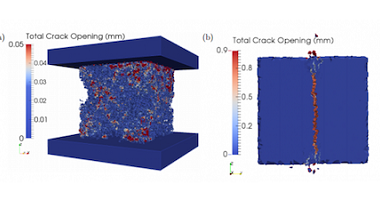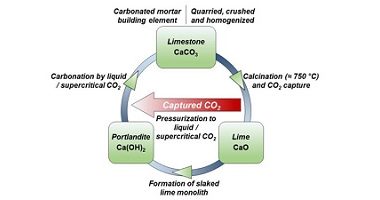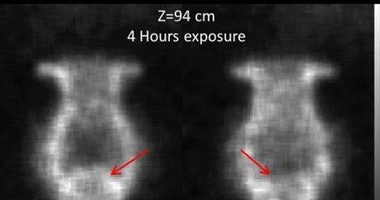If asked, you can best describe cement as a “hydraulic adhesive.” It consists of nothing but special glue that binds sand and gravel together, forming a stone-like hard element. By itself, cement has very little use. However, when you blend in aggregates — such as sand and gravel — it […]
This website uses cookies so that we can provide you with the best user experience possible. Cookie information is stored in your browser and performs functions such as recognizing you when you return to our website and helping our team to understand which sections of the website you find most interesting and useful.

